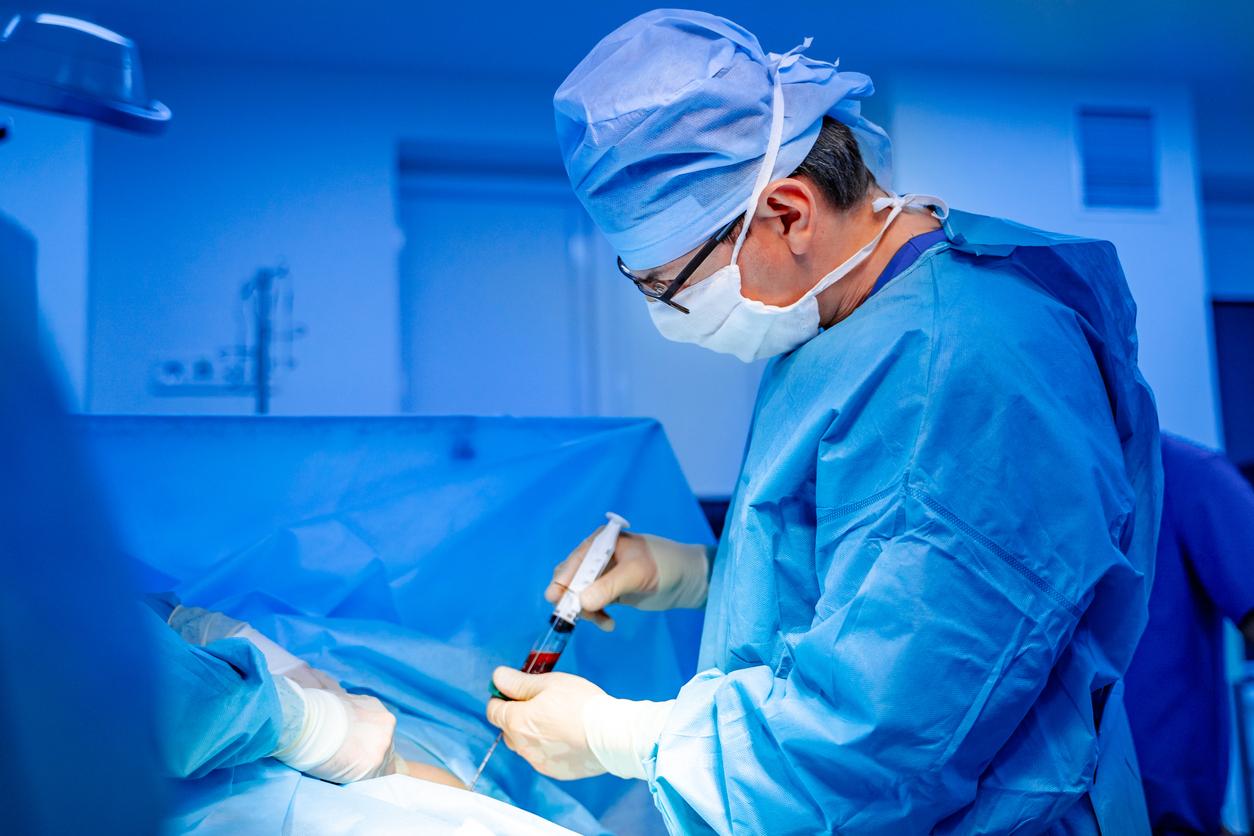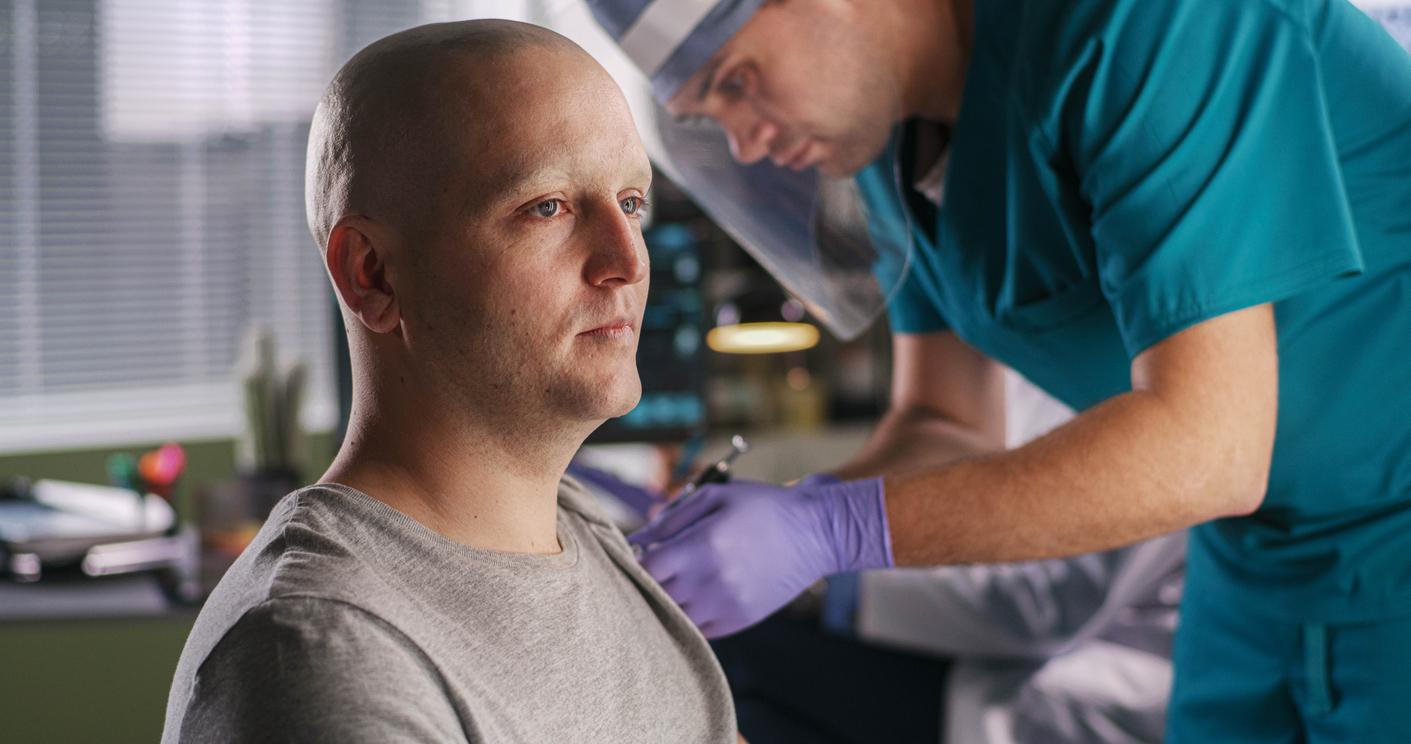To restore motor skills to people who have suffered spinal cord injuries, Swiss teams are publishing encouraging results in animals. Others, in France, are considering a trial in humans for this year.

Moving after a spinal cord injury may one day be possible. A dream for the 40,000 paraplegics and quadriplegics in France … Medical research in this field is in full emulation. A Swiss team recently managed to make paralyzed rats run using a sophisticated stimulation system.
In France, Inserm and CNRS teams are developing gene therapy with results in vitro and in vivo in animals.
Still in France, another team, under the aegis of the CEA and Prof. Alim-Louis Benabid, is carrying out research in humans. The principle consists in recording the cerebral signals of quadriplegic people, thanks to ultra-sophisticated electrodes, and to transmit them to an external robotics, a motorized exoskeleton which should allow the person to move. An operation would be scheduled for the summer. Professor Benabid mentioned it last January in the program Pourquoi Docteur sur Europe 1. “One of the master projects of Clinatec, in Grenoble, is to restore mobility to people who have lost it either in the case of a locked in syndrom or complete post-traumatic quadriplegia ”, summarizes Prof. Benabid.
Prof. Alim-Louis Benabid, neurosurgeon, at the microphone of Jean-François Lemoine (Europe 1): ” The day when volunteers will be equipped with this system, we will not tell them “get up and waltz”… there will be a long period of appropriation of the system. “
However, as with any innovative and complex project of this type, caution is in order. But, in this domain, research abounds. Other strategies are in development. “For the past ten years, research has made real progress in this field”, underlines Prof. Alain Privat, director of Inserm unit 583 “Physiopathology and therapy of sensory and motor deficits”. “Repairing the central nervous system has long been considered impossible, but our work and that of the Swiss team prove the opposite. And the results are encouraging.
Most recent, published on 1er Last June in the journal Science are those of the team of Grégoire Courtine, the French doctor who led research at the Federal Polytechnic School of Lausanne. “After two weeks of neuro-rehabilitation with a combination of electro-chemical stimulation and the use of a robotic harness, explains Grégoire Courtine, our rats were not only ready to walk, but they also very quickly started running. , climb stairs and avoid obstacles “. Thus, the regeneration of the nerves observed in these rats points to new methods of treating paralysis. However, beware, the researcher believes that it cannot be certain that “similar rehabilitation techniques can be used successfully in humans”.
A caution shared by Alain Privat who favors another method so that the transmission of nerve impulses between the brain and the limbs is once again possible. “In 2003, we demonstrated in mice why after a section, the spinal cord does not regenerate. An impermeable scar isolates damaged neurons and prevents the passage of nerve impulses. But we have also shown that we can block this process so that neurons regenerate. »The team Inserm U 583 of Montpellier and that of” Brain and Spinal Cord Institute (ICM) in Paris continued the work. “In 2009, thanks to a gene therapy process, we succeeded in activating the regrowth of damaged neuron endings in mice,” continues Alain Privat.
Prof. Alain Privat, director of the Inserm unit U 583 in Montpellier, “ The objective is to stimulate what already exists within the organism with as little intervention as possible. Any intervention after an injury brings additional trauma. “
.

















